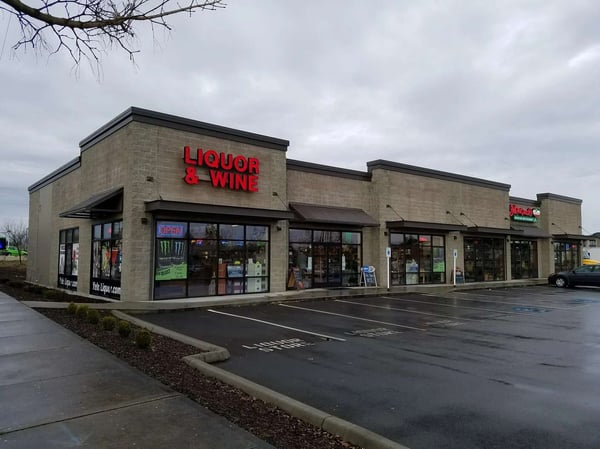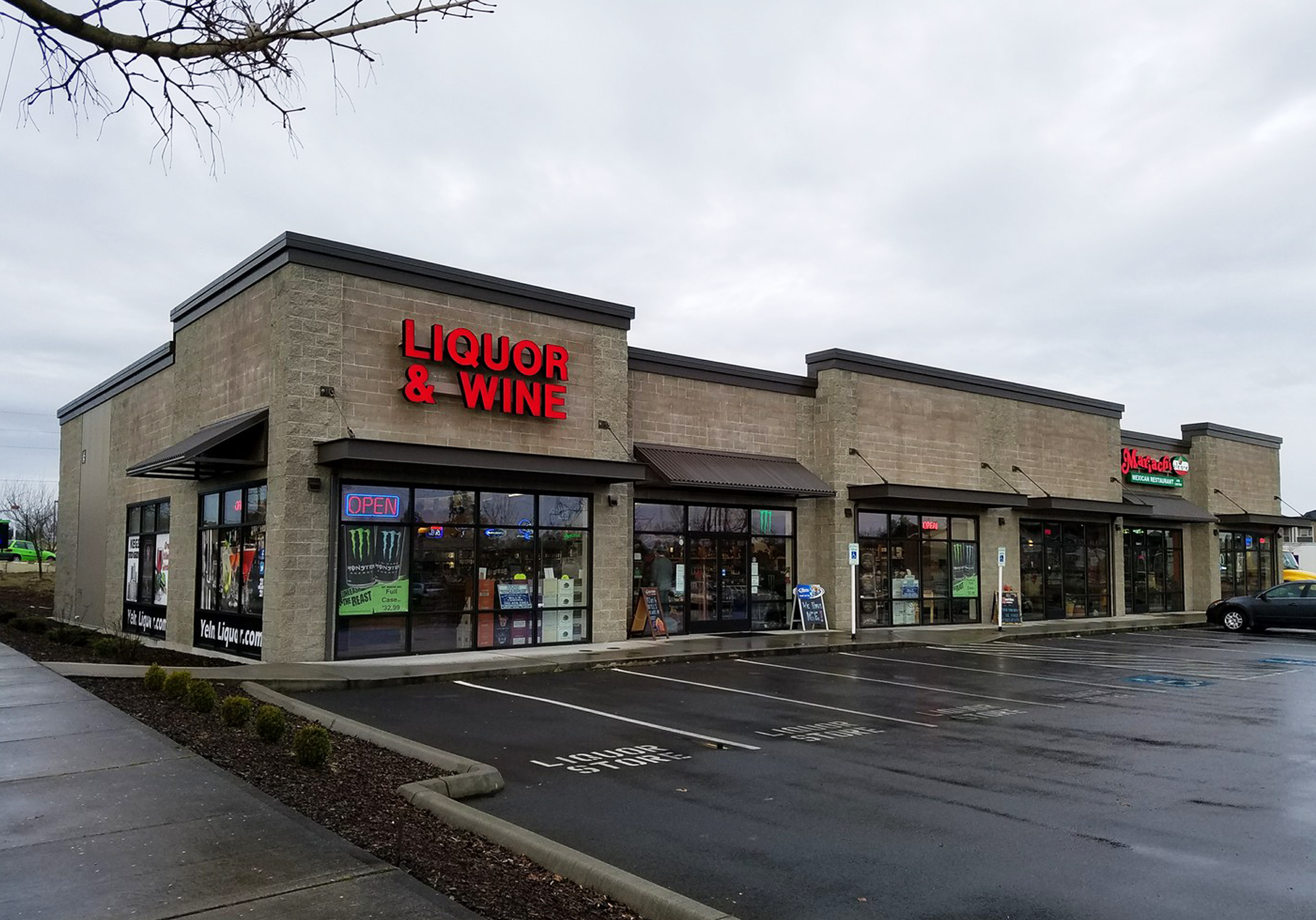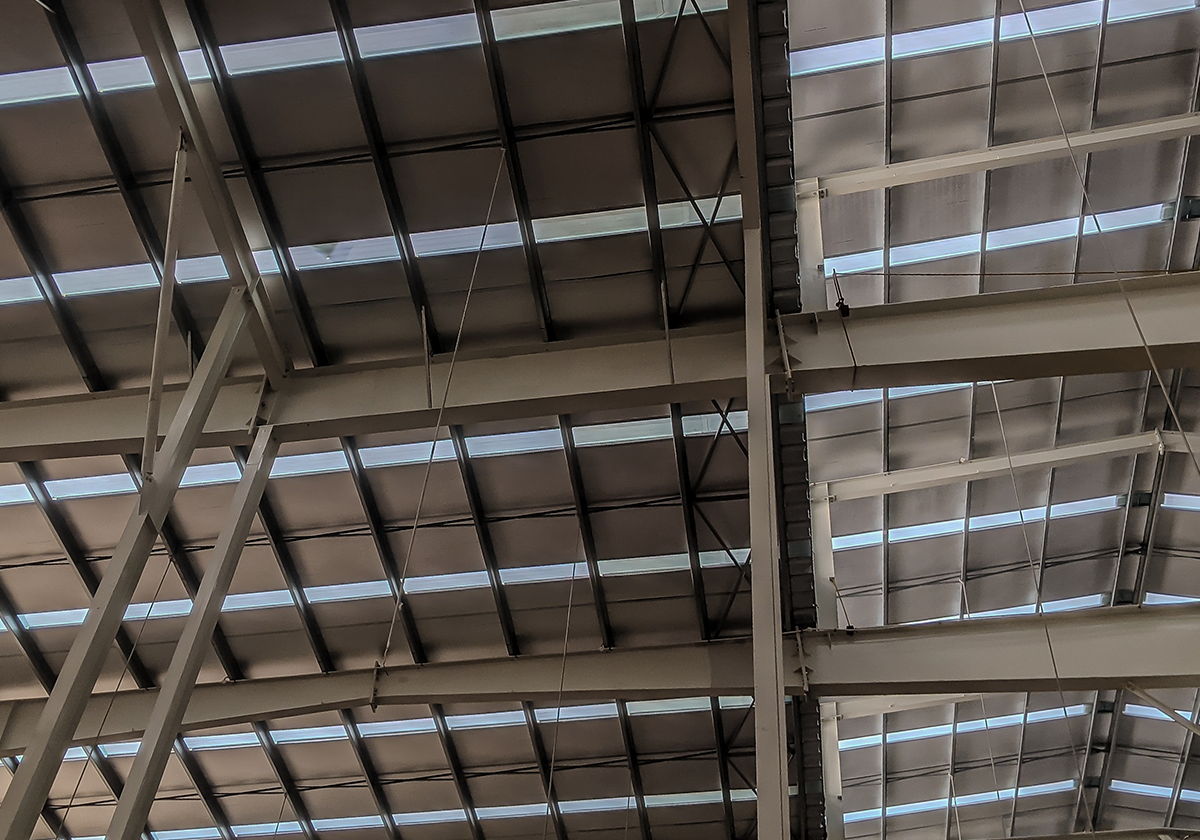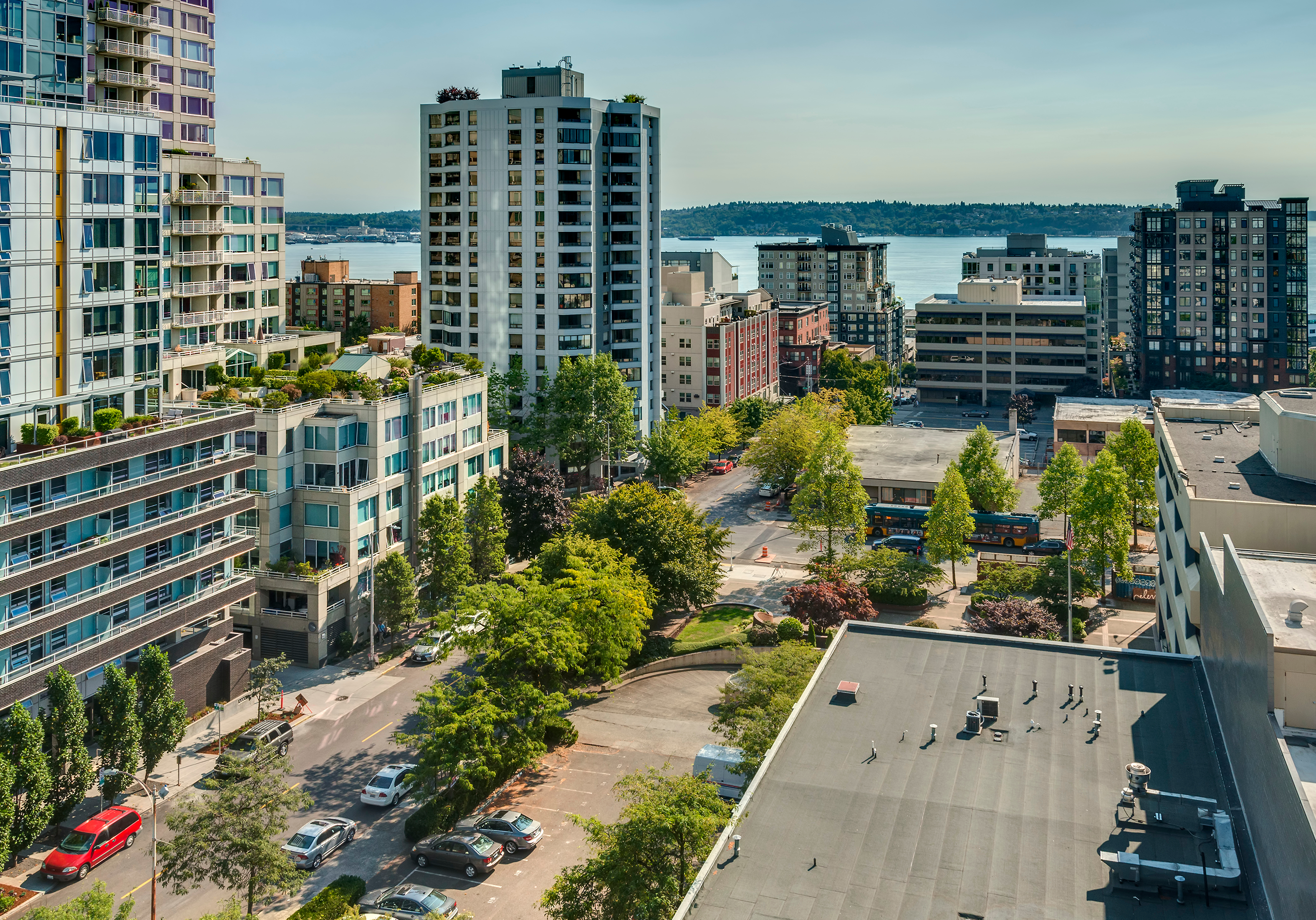Part IV of The Basics of Construction Classes series.
The proper identification of a risk’s construction class is critically important for sound underwriting. The Basics of Construction Classes series arms you with information on how to identify buildings. For many of the construction classes, an interior view of the building, and specifically the wall and roof assembly, is essential to properly assess the class. This is especially true in Construction Class 4, Masonry Non-Combustible.
Construction Class 4 (CC 4) holds many similarities to CC 2, joisted masonry. The key difference between these two classes is the wall and roof assemblies. Let’s look at their definitions.
The Commercial Lines Manual (CLM), Rule 15, defines the joisted masonry class (CC 2) as:
“Buildings where the exterior walls are constructed of masonry materials such as adobe, brick, concrete, gypsum block, hollow concrete block, stone, tile or similar materials and where the floors and roof are combustible (disregarding floors resting directly on the ground).” Rule 15.B.2.
Whereas, it defines masonry non-combustible (CC 4) as:
“Buildings where the exterior walls are constructed of masonry materials as described in Code 2, with the floors and roof of metal or other non-combustible materials.” Rule 15.B.4
Based on the definitions, the only difference between these two classes is that the roof and floor are non-combustible in CC 4. As we did with the other construction classes, let’s systematically break down the definition.
CC 4 exterior walls exhibit the following element
Any type or thickness of load-bearing masonry.
As with CC 2, CC 4 buildings have walls that are of any load-bearing masonry construction, including tilt-up concrete, concrete, hollow concrete block, hollow tile, etc. From this aspect alone, the two buildings are virtually indistinguishable. As stated above, it is the flooring and roof that distinguishes CC 4.
 Construction class 4 buildings appear similar to construction class 2 buildings
Construction class 4 buildings appear similar to construction class 2 buildings
Related:
WSRB's Essential Guide to Commercial Property Risk Assessment
The floors and roof of a CC4 building feature
- Metal or masonry, floor or roof decks supported by a metal frame (rated as non-combustible).
- Floor or roof assemblies with a fire-resistive rating of less than one hour.
These are the same floor and roof features that we saw in CC 3, Non-Combustible.
It is easy to incorrectly distinguish between CC 2 and CC 4. The most accurate way to ensure you have the correct classification of your risk is to order an inspection by one of WSRB’s experienced Commercial Property Analysts. Inspections are included in your subscription and are easily ordered via the member website.
You may need to make a quick assessment of a building when you’re prospecting a new client. There are a few tricks to seeing what’s underneath all that drywall.
Many service stairwells and closets are not completely finished. The public was not intended to see these areas, so at times they provide a great view of the construction, especially near the ceiling.
In restaurants and retail occupants, the behind-the-scenes areas tend to have fewer finishing touches. In kitchens and stockrooms, you may catch a view of the wall construction and the ceiling assemblies.
In buildings with automatic fire sprinkler systems, the riser room commonly gives the best view of the wall and roof construction and where the two meet.
When you’re ready to write the risk, be sure to log in and order an inspection to avoid incorrect classification.
Be sure to stay informed with similar content by signing up for notifications.











